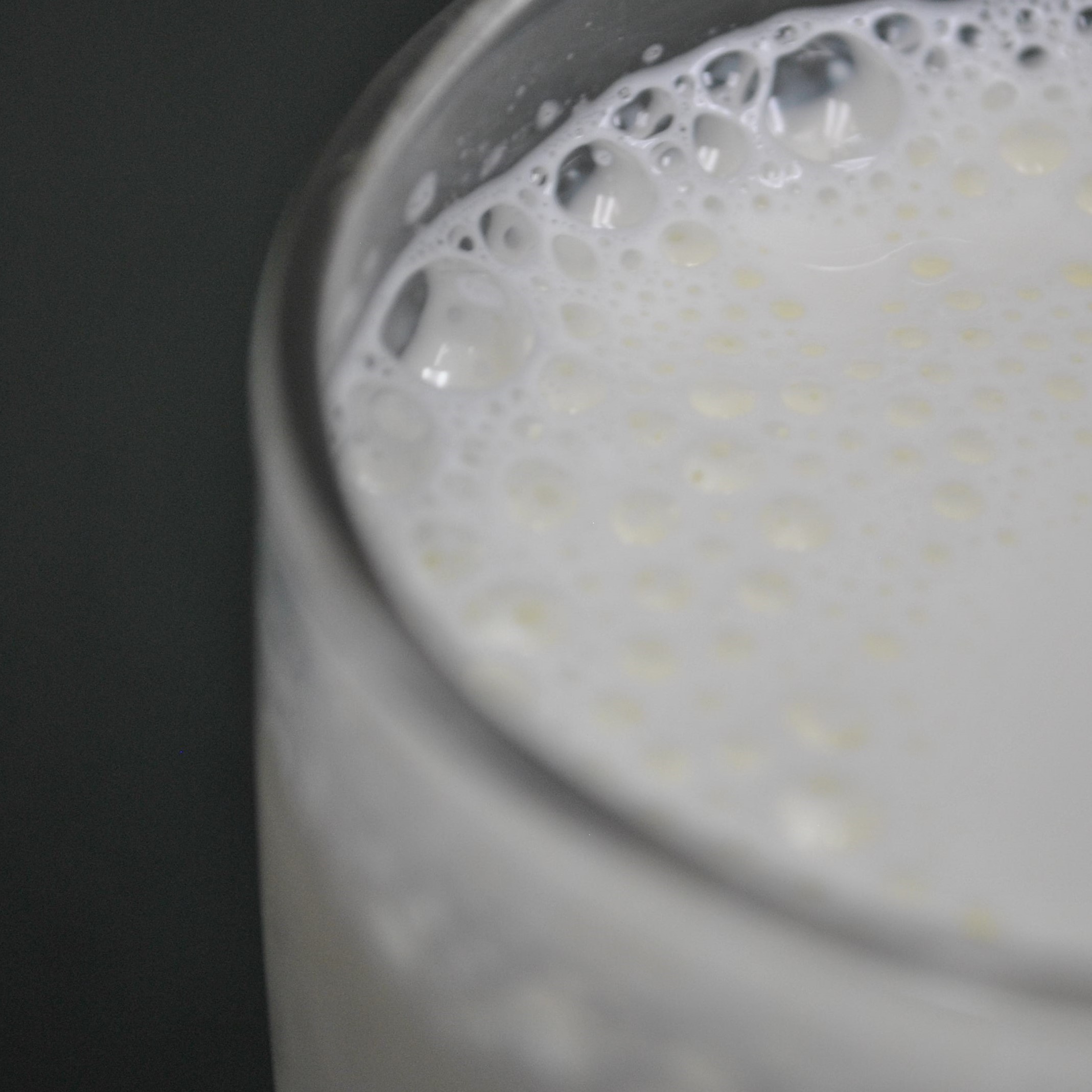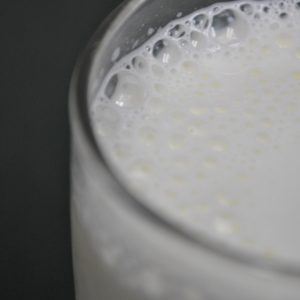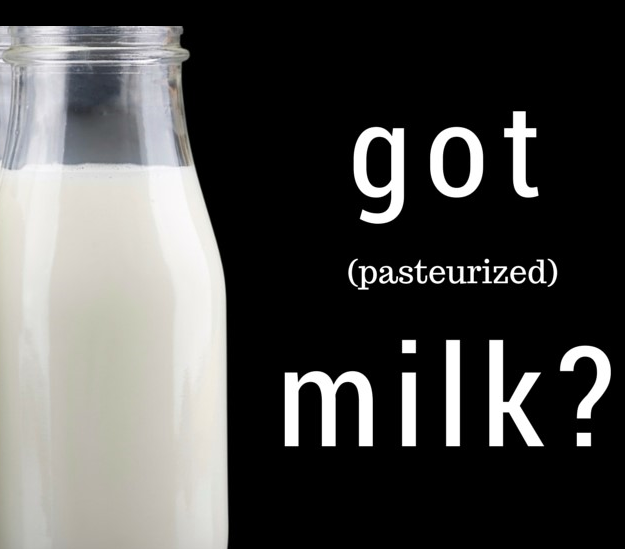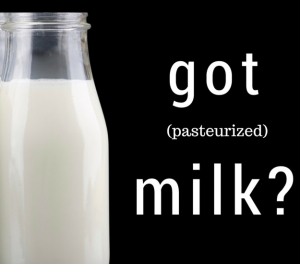
America LOVES Ice Cream! Help Celebrate National Ice Cream Month

Enjoy a scoop of ice cream in honor of National Ice Cream Month.
Photo source: UF/IFAS Northwest District
In 1984, President Ronald Reagan declared July as National Ice Cream Month and the third Sunday in July (July 15, 2018) as National Ice Cream Day! Essentially, the entire month of July is supposed to be celebrated with “appropriate ceremonies and activities” involving ice cream! Ice cream is both nutritious and delicious – eaten in moderation, of course.
However, choosing ice cream can be confusing! Categorically, ice cream is included in the frozen dessert category of the frozen food industry. This category of foods comprises groupings such as regular and low-fat ice cream, frozen yogurt, sherbets, and other frozen sweet treats.
According to the International Dairy Foods Association (IDFA), FUN ice cream facts include:
- Regular ice cream is the most popular category of frozen desserts in the U.S.
- Low-fat ice cream is the second most popular category.
- The United States eats the second largest amount of ice cream per capita.
- The average American consumed 13 pounds of ice cream in 2016.
- Ice cream companies made more than 898 million gallons of regular ice cream in 2015.
- A typical serving size is ½ cup or a scoop about the size of a tennis ball.
What really is ice cream? Real ice cream or ice-cream is a frozen sweet made from dairy products, such as milk and cream, combined with flavorings and sweeteners, such as sugar. American federal labeling standards require ice cream to contain a minimum of 10% milk fat per 1/2 cup serving and 20% total milk solids by weight. A bit of air is slowly added to this slow-stirred mixture while chilling to prevent large ice crystals from forming. A term used in processing commercial ice cream is overrun. Overrun means the liquid dairy mixture, once completely chilled, can have expanded up to double its original volume by the incorporation of air. The addition of air (although not an ingredient on the label) results in a smoothly textured ice cream free from palpable ice crystals or sandiness.
Overrun (air) helps explain the vast price discrepancy between ice cream brands. Typically, the more expensive brands generally use more and better quality ingredients and have less overrun, whereas less expensive ice cream brands tend to use the minimum amounts of ingredients required by law and more overrun. In the U.S., ice cream is sold by volume… hence, the standard serving size of ½ cup.
There are so many variations to the basic ice cream recipe. When egg yolk solids are added to ice cream, the name has to reflect this. “Frozen custard” or “French ice cream” or “French custard ice cream” is ice cream with the added egg yolk.
Premium brand ice creams tend to use a higher than standard ice cream recipe with higher fat content and more expensive, better quality ingredients… and less air.
Ice-milk is no longer made. A 1994 change in rules allows ice milk to be labeled as low-fat ice cream. Low-fat ice cream, by law, must contain 50% or less fat than a similar food. Note that the law says nothing about calories. A light ice cream may be just as high in total calories as ice cream because of the addition of other ingredients.
Frozen yogurt, made from yogurt, is a dairy product, with the addition of various sugars and flavorings. However, yogurt’s reputation for being low in calories is not always accurate and, unlike ice cream, there are no federal standards of any kind for frozen yogurt.
Gelato is a type of soft frozen dessert containing a relatively small amount of air. This makes the product dense, rich, and creamy. Gelato can be made with milk, cream, various sugars, and flavoring such as fresh fruit. In the United States, there is no federal standard definition for gelato set forth by the U.S. Food and Drug Administration.
Are sorbet, sherbet, and sherbert all the same? Despite the fact that the legal definitions of sherbet and sherbert can be used interchangeably, sherbet/sherbert is a frozen fruit and dairy product that contains anywhere from 1-2 percent milk fat from milk or cream and 2-5 percent total milk solids. On the other hand, sorbet generally implies a fruit-based frozen dessert with little to no dairy (but may contain egg white). The term sorbet is an unregulated industry standard. However, the industry wants them free from surface crustation, brittleness, syrup bleeding, and large ice crystals.
Confused yet? The frozen dessert market continues to evolve with novelty-frozen inventions made with nondairy to mimic ice cream. Welcome, delicious dairy-free almond, coconut, cashew and soymilk frozen desserts. Notice, these products are not called ice cream but non-dairy frozen desserts. Nevertheless, they are so smooth, creamy, and delicious, you might not even notice.
In 1984, when President Reagan crafted the amusing proclamation to eat ice cream, folks didn’t have SO much to choose from. You do! Enjoy a frozen treat but know what you are buying. Not all frozen treats are in fact ice cream! When you are reading nutrition labels, it is important to look at the whole picture. You can learn a lot from a label!




